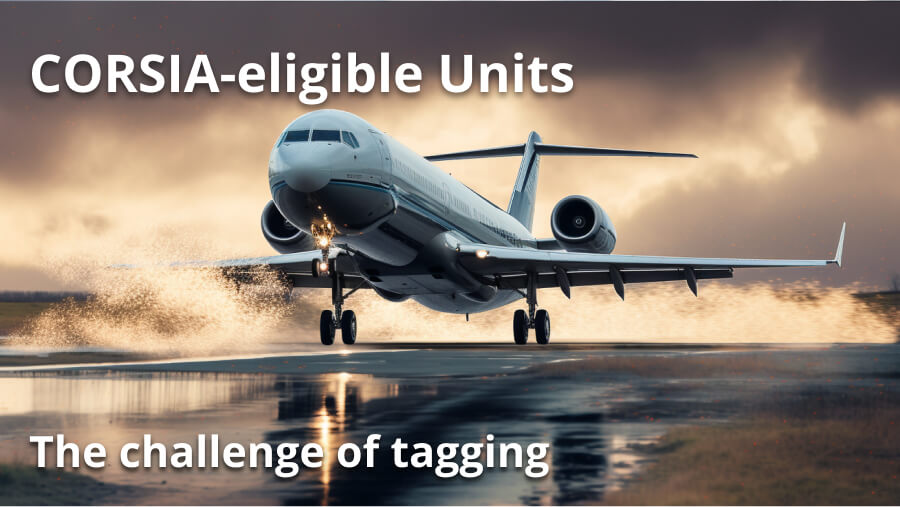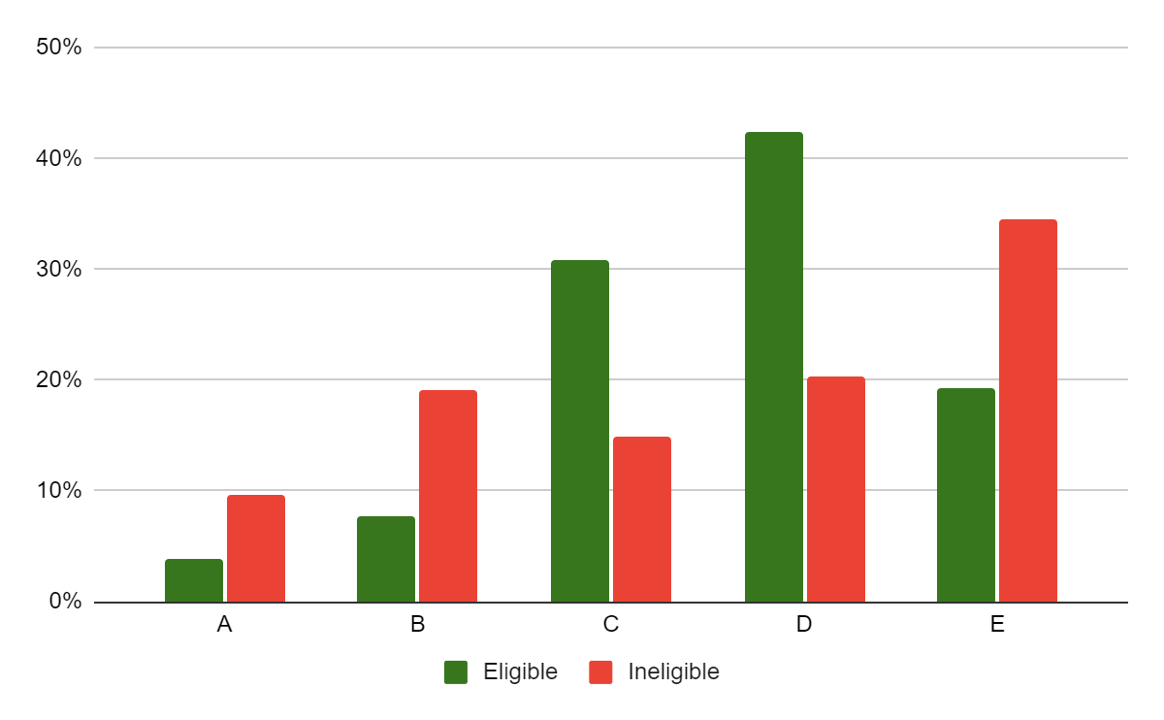
Calyx’s Ratings Platform currently identifies “CORSIA eligible” units. We thought it would be helpful to describe in more detail what this means and why it can be challenging.
The Carbon Offsetting and Reduction Scheme for International Aviation (CORSIA) is a global scheme set up by the International Civil Aviation Organisation (ICAO) to regulate the carbon offset market for international aviation since emissions from international flights are outside the scope of the Paris Agreement. As such, ICAO determines which emissions reductions can or can not be used to offset emissions from international flights for those countries that opt into the scheme.
CORSIA’s pilot phase began on January 1, 2021, and will run through the end of 2023. The carbon crediting programs initially accepted were American Carbon Registry (ACR), Architecture for REDD+ Transactions (ART), Climate Action Reserve (CAR), Gold Standard (GS), Verra (VCS), and Clean Development Mechanism (CDM). About a year after the start of the pilot phase, ICAO added the Global Carbon Council (GCC) to the list of eligible programs.
Recently, ICAO approved emissions units for CORSIA’s first phase, which will begin next year. The only carbon crediting programs initially approved for the first phase are the only two programs that were approved for emissions reductions that occurred through December 31, 2023, in the pilot phase: ACR and ART. The five other programs that submitted applications for reassessment for the first phase (CAR, GCC, GS, VCS, and CDM) were asked to take certain steps before they could be approved.
For a company just trying to offset emissions from international flights, finding eligible credits can be quite challenging. Out of the unique projects that Calyx Global has rated to date, only about 15% have generated CORSIA-eligible credits. While most carbon crediting programs tag their credits with CORSIA eligibility, many of them are not up to date. For example, GS and VCS only review eligibility where the Project Proponent has requested it, meaning many of the credits that appear ineligible in these registries may actually be eligible, i.e. within CORSIA’s scope. Recently, we have connected with GS about a number of projects, resulting in them updating the listing of CORSIA eligibility for these projects on their registry. We have also tried to connect with ACR on a list of projects currently marked as ineligible on their registry but that we believe may actually be eligible. To be conservative, on our ratings platform, we follow the tagging of the carbon crediting programs – but also try to flag to such programs credits that we believe should be eligible but are not listed as such on their registries.
Each standard has different requirements, exclusions, or exceptions that can make determining the carbon credits that are CORSIA eligible quite tricky. The only requirement consistent across all standards is that the start of the first crediting period must be January 1, 2016, or thereafter. Another requirement is reporting on contributions to Sustainable Development Goals (SDGs).
Finally, forestry projects within “REDD+ countries” are not eligible to supply CORSIA credits. Unfortunately, CORSIA was not clear on exactly what constitutes a “REDD+ country”. VCS is conservative when defining this, so they exclude most forest carbon projects from developing countries.
The overall effect of the exclusions/exceptions is provided below:
Figure: CORSIA eligible ratings compared to all other ratings to date by Calyx Global

While it appears that CORSIA improved on the overall quality of eligible credits, lower-rated projects (D and E ratings) still make up a significant portion of the eligible credits – putting companies at risk. Therefore, we recommend that airlines buying CORSIA credits still carefully consider which credits they purchase to meet their obligations, and companies that use CORSIA as an imprimatur of good credits reconsider this assumption.
Get the latest delivered to your inbox
Sign up to our newsletter for the Calyx News and Insights updates.
